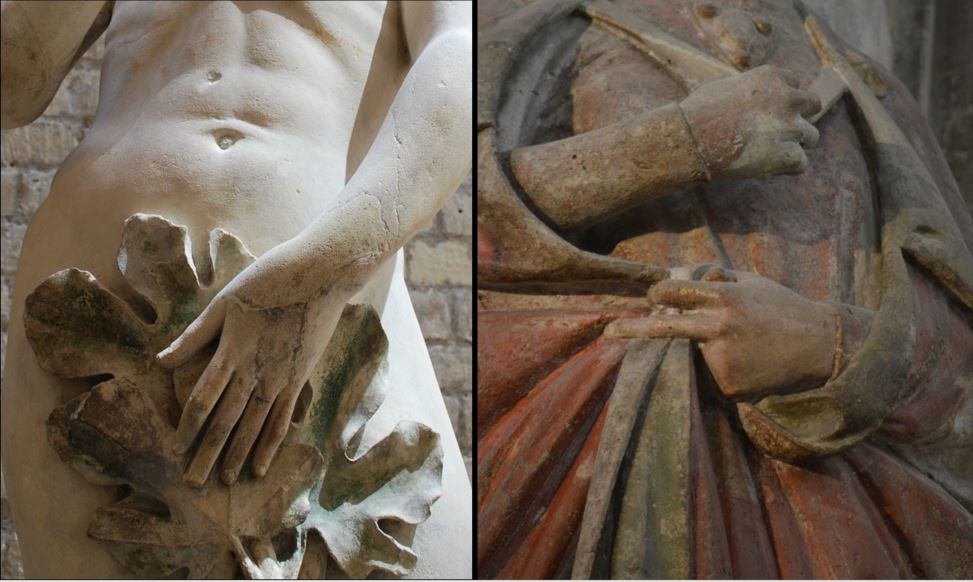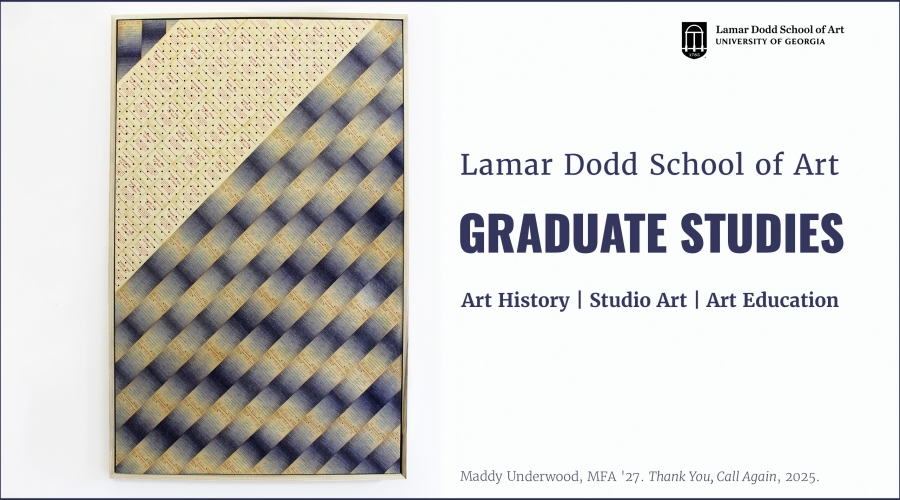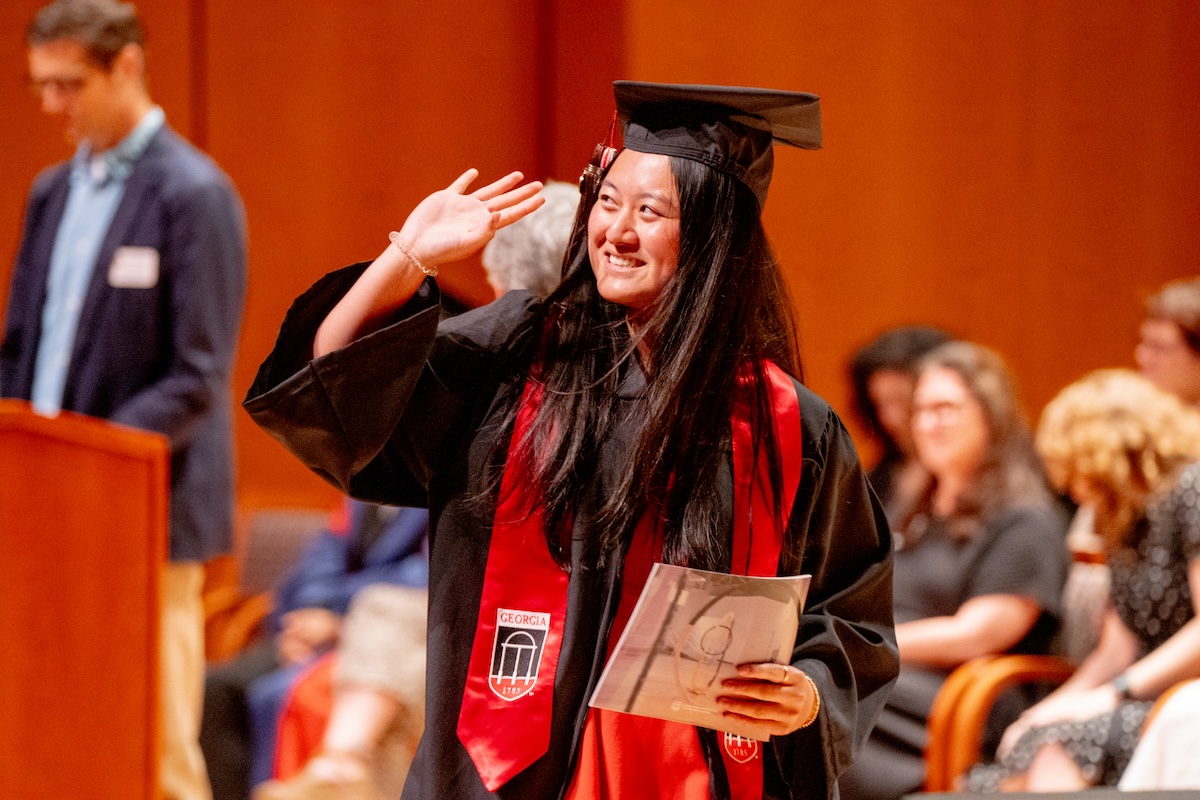The Gothic Body: Hands, Touch and the Formation of Presence in Thirteenth-Century French and German Sculpture
January 23rd, 2020 at 5:00 pm

Date & Time
January 23rd, 2020 at 5:00 pm
– January 23rd, 2020 at 6:00 pm
Location
Dodd Auditorium S150
Type of Event
Assoc. of Graduate Art Students Lectures
Academic Area
Art History
Speaker Name: Dr. Jacqueline Jung
Department: Associate Professor in the History of Art
University or Organization: Yale University
The sculpted bodies that confront visitors to Gothic cathedrals – on portals, screens, and interior walls – represent a wide swath of characters. Through their iconographic conventions we can recognize them as angels (beings that, in essence, did not possess physical bodies), saints returned from death, historical persons otherwise known only as names, royalty whose identities oscillate between ancient and contemporary referents, or representatives of foreign lands or marginalized communities who had a role to play in Christian narratives. But beneath their varied external details, such figures are united by a robust and dynamic corporeal presence that is accentuated by the activity of their hands. Their manual activity goes beyond the sort of conventional gestural language that conveys speech acts or signals identity. In the way that hands or fingers balance attributes, press against each other or against other body parts, grasp or point at others, manipulate clothing, or perform other sorts of meaningful or superfluous movements, they suggest a shared existence with living people as sensate beings in the physical world. This form of “haptic mimesis” (a term I borrow from film theorists), which is especially prevalent in the medium of sculpture, offers insights into medieval understandings of the whole body as a vehicle of perception and communication, complementing or even providing an alternative to the dominance accorded optical vision in theoretical writings and two-dimensional arts. Oriented toward the diverse and shifting array of beholders moving before them, Gothic sculptural bodies called attention not only to the act of looking but also to the wider physical sensorium through which people understood each other and the world.
Jacqueline Jung specializes in the art and architecture of medieval Europe, with an emphasis on the figural arts of Gothic France and Germany. Her teaching encompasses various aspects of medieval visual, material, and religious culture, and on sacred arts in a global perspective. Her first book, The Gothic Screen: Space, Sculpture, and Community in the Cathedrals of France and Germany (Cambridge University Press, 2013) received the John Nicholas Brown Prize from the Medieval Academy of America. Her second, Eloquent Bodies: Movement, Expression, and the Human Figure in Gothic Sculpture, from which this talk is drawn, will be released by Yale University Press this May.


